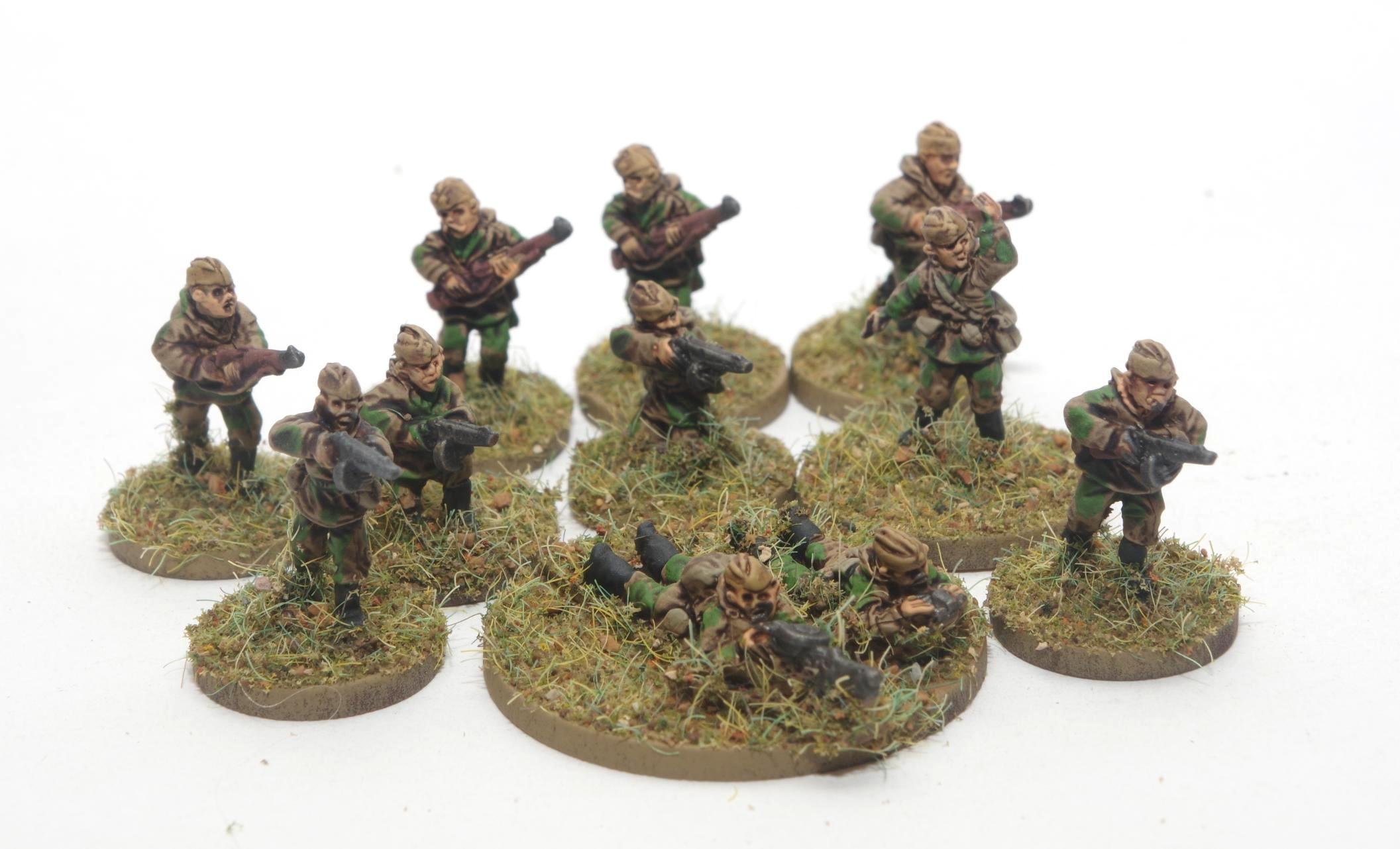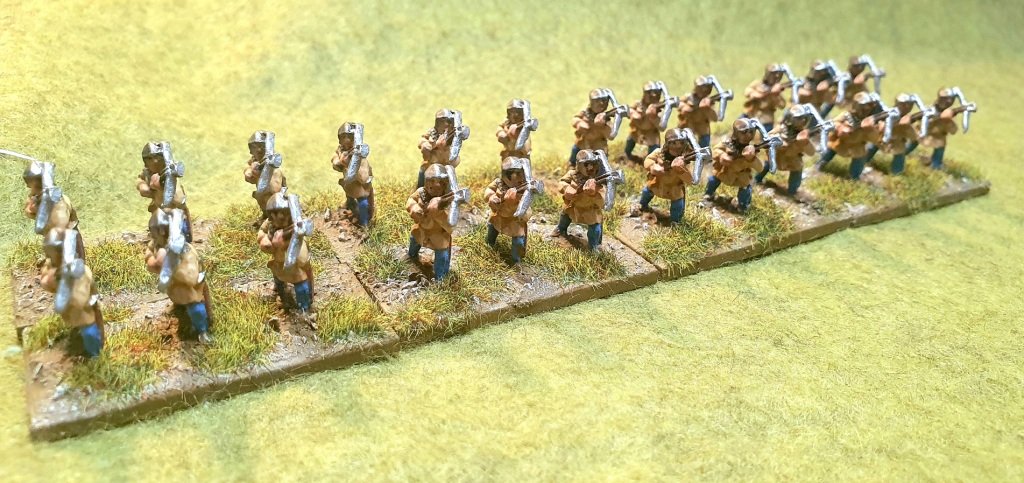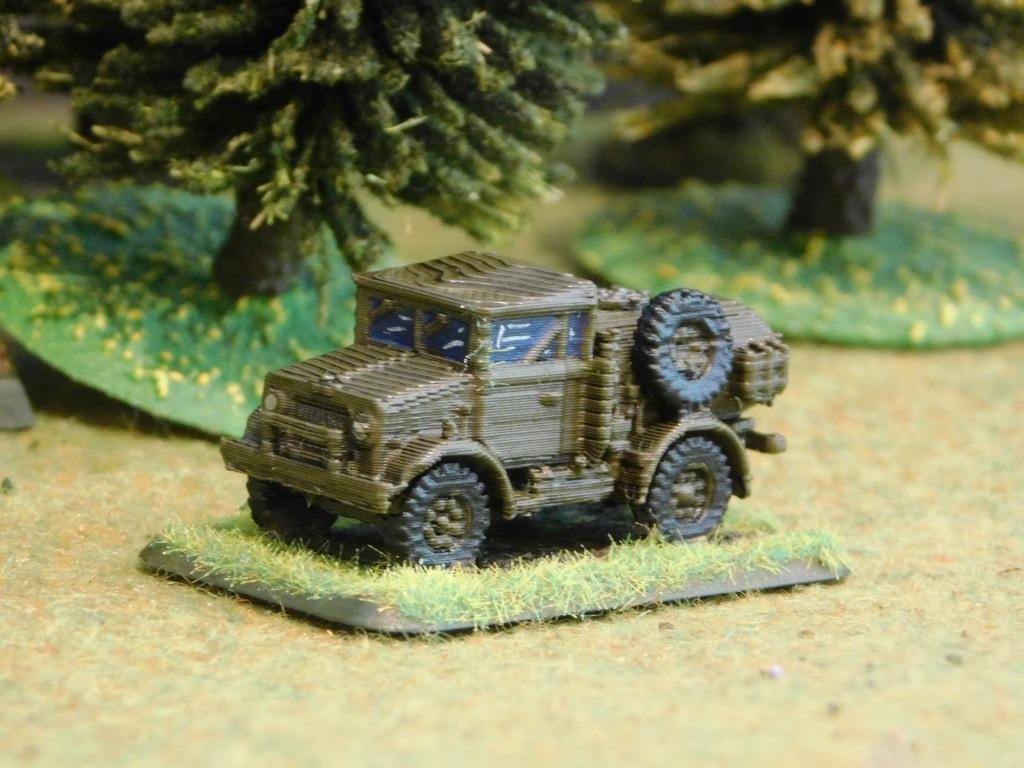A Load of Bull!
/For some time now I have been trying to follow the rule that if I want to buy more figures then I have to earn the right to do so by clearing something from the existing Lead Mountain.
As I wanted to buy some more Soviet village pieces and a set of 17th Century Swedish command figures (I reckon that if I have them, then I can field my existing ECW troops as early 17th Century Swedes, instantly creating another opponent to friend Bevan’s Poles, saving lots of time and money which can then be spent on something else) I needed to find some already-purchased figures to paint.
A few months ago, one of my favourite sci-fi designers, Loud Ninja Games (available through Alternative Armies) added a range of large (about 25mm tall) mutant bulls to their Wasteland post-apocalypse range.
I didn’t need them, but they were shiny so I bought a set: they would do perfectly as it wouldn’t be too arduous to paint nine 25mm figures…and so it proved:
Nobody moooove!
These paint up very nicely and will join forces with my Brute mutant humans, only one squad of which I have painted so far (candidates for my next purchase-must-paint I think!)
My only criticism, as always, is the lack of variety: just two poses and a command figure. I understand completely why that is so (platoon- or squad-level sci-fi being much more common than the company-level game that I play) but it does mean that I will limit my purchase to just one squad for the moment.































































